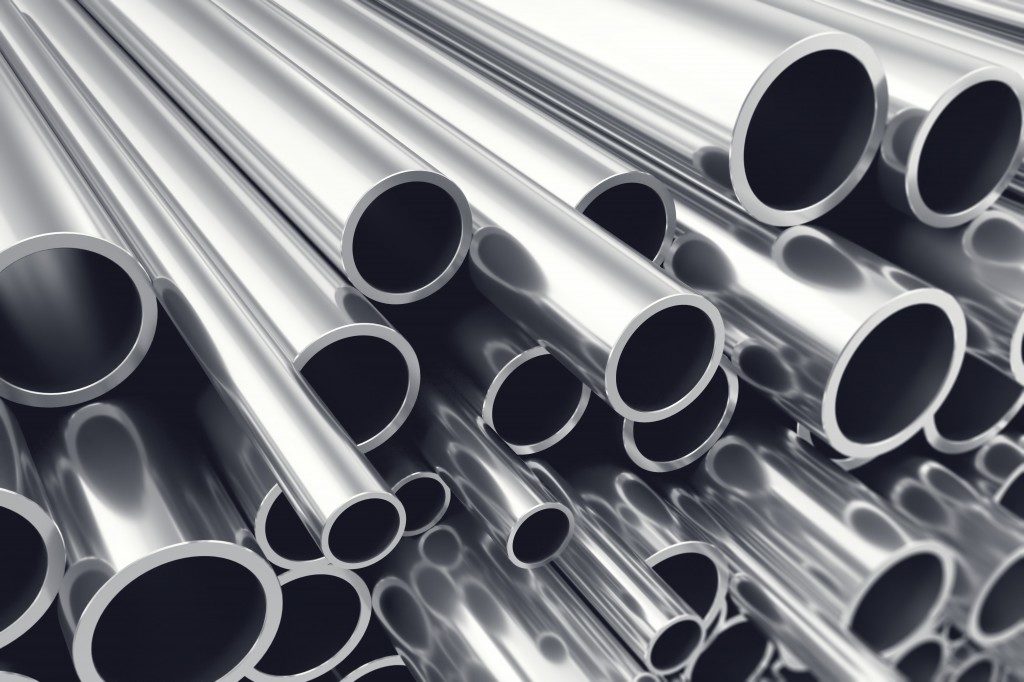Whyalla can be upgraded to green steel and why we need to keep steel production in Australia
Daniel Rossetto, Adjunct, Institute for Sustainability, Energy and Resources, University of Adelaide
Financial challenges at the Whyalla steelworks in South Australia have reignited debate about the nation’s steel industry and its future.
Australians should have access to quality steel at competitive prices. The domestic steel production industry employs tens of thousands of people.
The state and federal governments have stepped in, however, announcing a A$1.9 billion support package for Whyalla, together with a new $1 billion green iron investment fund. Half of the new fund will be allocated to Whyalla to support its transition to green steel production. That’s a large amount of money for a privately owned business.
So, are the new packages going to be money well spent? To answer that question, let’s examine the priorities.
A national priority
Steel is an industry in which securing sovereign production capability is crucial. Sovereign capability means ensuring an industry can survive external shocks such as interruptions to shipping routes or disputes with other countries in the supply chain.
Steel is a vital input for defence industries such as ship and submarine building. What could be said of a country’s autonomy – or its sovereign capability – if it relies on others for the steel needed for its defence?
Whyalla is one of the two largest steelworks in Australia, the other being BlueScope’s Port Kembla plant. At least at first glance, the green iron investment fund seems to deal with the sovereign capability criterion well enough. Whyalla appears an ideal candidate.
Prime Minister Anthony Albanese, Minister for Industry and Science Ed Husic, and SA Premier Peter Malinauskas visit Whyalla Steelworks in Whyalla last week. Isabella Ward/AAP
However, the public subsidy is large. The subsidised plant’s ability to operate in an economically competitive manner needs to be examined. Further, while the Whyalla plant began its life as a supplier to an adjacent shipbuilding operation, its share of the current domestic defence industry steel market is unclear.
Environmentally friendly steel?
Production of steel using iron ore and coking coal is a greenhouse gas emissions intensive process. It can result in as many as 2.5 tonnes of greenhouse gas per tonne of steel.
The plan for Whyalla has long been to replace its coal-fired blast furnace with an electric arc furnace. This could, in turn, be supplied with low-emission sources of energy and consume scrap steel. While there is no globally agreed definition, this kind of approach would likely qualify as green steel.
Sanjeev Gupta’s GFG, the owner of the plant, had originally wanted this furnace to be operating by 2025, potentially using solar among its energy supply. The plan would have cut its emissions dramatically. The timeline later slipped to 2027.
The longer term plan for Whyalla appears based around production of green hydrogen to replace coking coal. As the world charges toward net zero emissions by 2050, the belief is that Australia can capture a good part of the green metals market.
Prime Minister Anthony Albanese with workers at Whyalla Steelworks. Isabella Ward/AAP
The challenge is that green hydrogen is expensive and not widely used around the world. It’s hard to find signs that the global steel market is willing to pay a premium in the absence of sectoral emissions pricing. The strategy could therefore be seen as a bet on the future. If the bet went wrong, who would absorb the losses? It would, most likely, be the taxpayer.
The United States leads the way in low-emissions steel production. Firms there use electric arc furnaces to recycle scrap steel with energy from low-emission sources. This technology is proven and operates at industrial scale. It has a fraction of the emissions intensity but relies on the availability of scrap steel.
Can we add value?
Australia is a major world supplier of two key materials crucial for most steel making. These are iron ore and coking coal.
The countries to which we sell those raw materials then do the processing and manufacture, capturing profit that is arguably lost to the Australian economy. Whyalla is already an example of domestic value-adding. It uses iron ore from mines in the adjacent area, and domestic coking coal.
For Australia, however, this is going to be tricky. Australia is effectively signalling to its international customers that, one day, it hopes to compete with them in the global steel markets. In other words, this creates an incentive for the country’s customers to look for alternatives to buy iron ore.
Whether Australia increases steel production ahead of its customers finding new sources of iron ore elsewhere in the world is a risky race with an uncertain result.
Focus on government spending
So, back to the question: is the new funding going to be money well spent? Perhaps the most solid justification among the priorities examined, is sovereign capability.
The government probably needs to provide more information on how the new fund differs through from Future Made in Australia or the National Reconstruction Fund. Is this old funding with a new name? The nation is entering federal election season. Focus on government spending efficiency is likely to increase.



